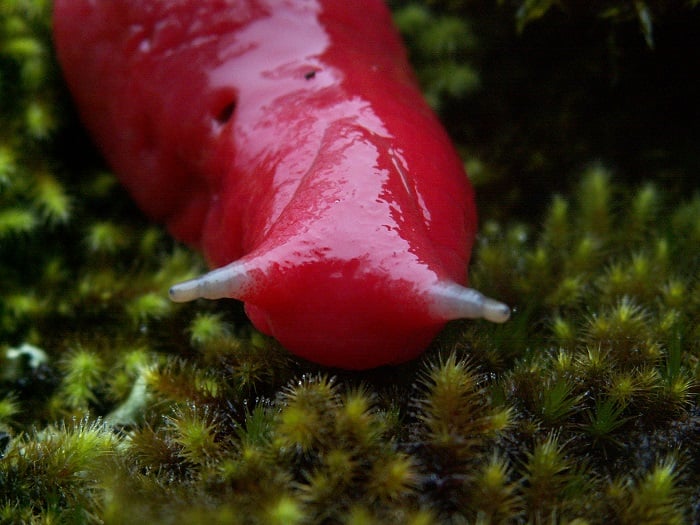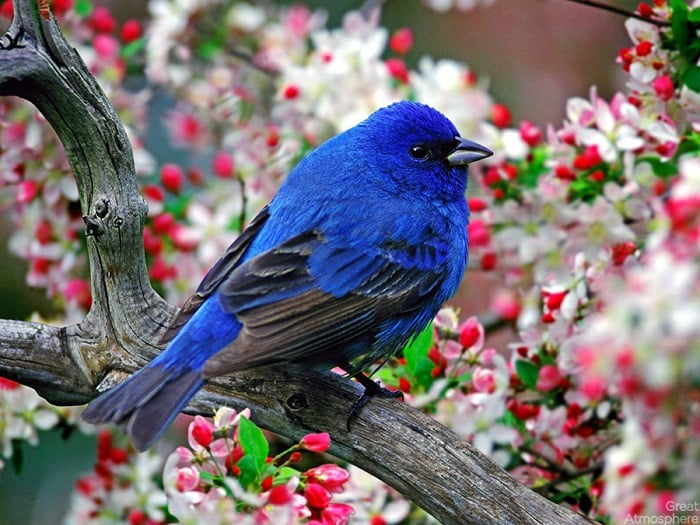
In the age of high-definition and LED, people have grown incredibly accustomed to the neon colors and artificial brightness that infuse our world. That’s why when we see technicolor macaws flying among tree canopies or slugs coated in pepto bismol pink, we’re reminded that nature can offer just as many stop-what-you’re-doing-and-check-this-out sights as your latest mobile app.
A beautiful look at the world’s most incredibly colorful animals you’ve (probably) never seen:
Incredibly Colorful Animals: Pink Slugs
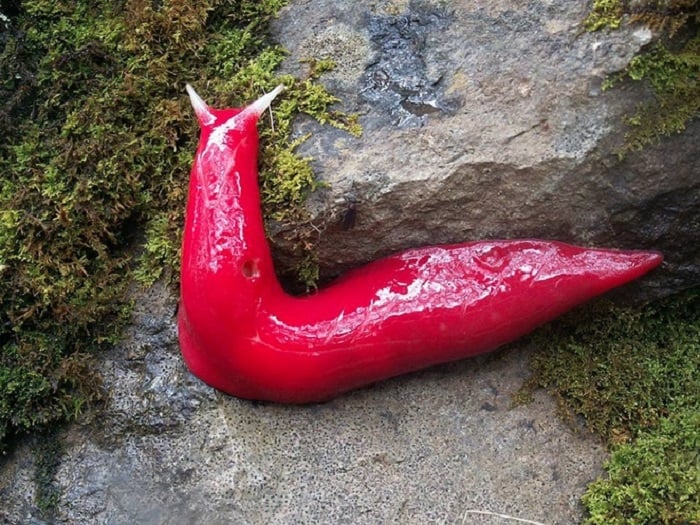
Source: Tree Hugger
On the 5,000 foot peak of Mount Kaputar in northern New South Wales, hundreds of bright pink slugs have recently been sighted. Though the eight-inch fluorescent creatures stick out like a sore thumb in their current environment, scientists think at one time, when rain forests dominated the area’s topography, they probably fit in quite well.
According to scientists, unique arid conditions prevented the slugs from going extinct like many of the region’s other species. Due to a volcanic eruption millions of years ago, the area is a high-altitude haven for invertebrates that have been isolated for thousands of years.
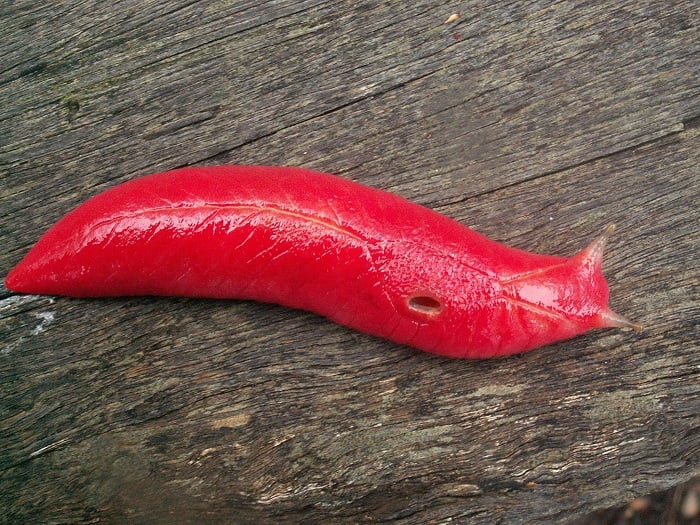
Source: Business Insider
Scarlet Macaw
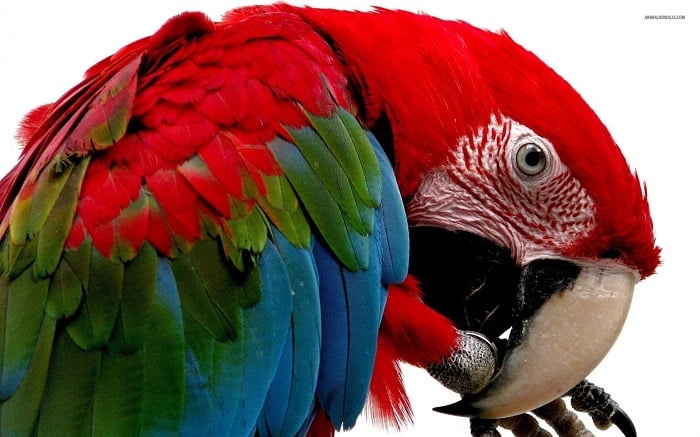
Macaws are the largest type of parrots in the world, growing up to 33 inches in length. They often live near rivers in tall deciduous trees, where they congregate in noisy groups. Their strong beaks allow them to break open nuts and seeds, which are the main staple in their diets. Scarlet macaws mate for life, and mated adults can lay up to two eggs per year. Sadly, their bright coloring makes them a target for illegal breeding and trading rings.
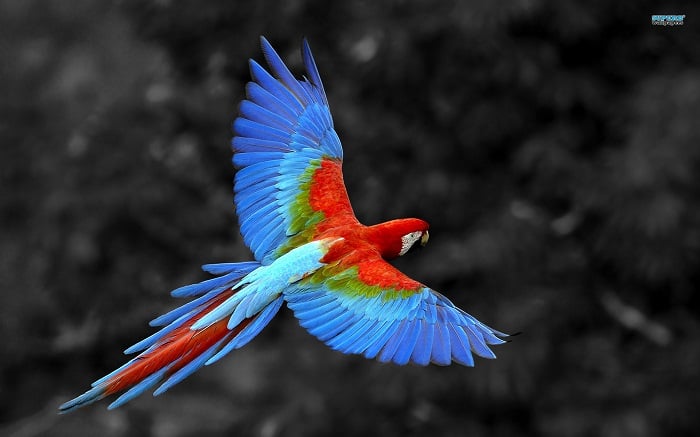
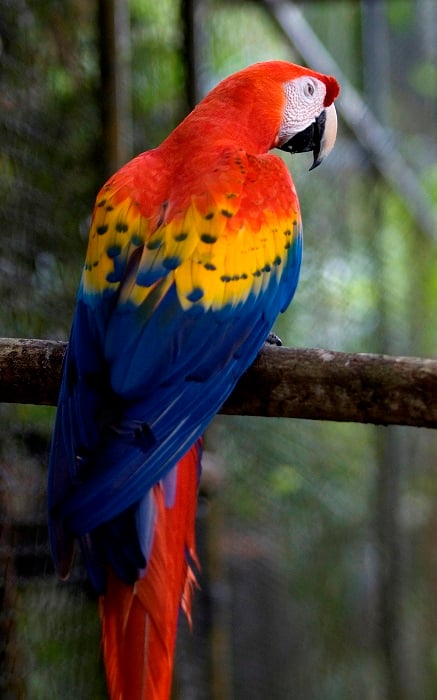
Incredibly Colorful Animals: Panther Chameleon
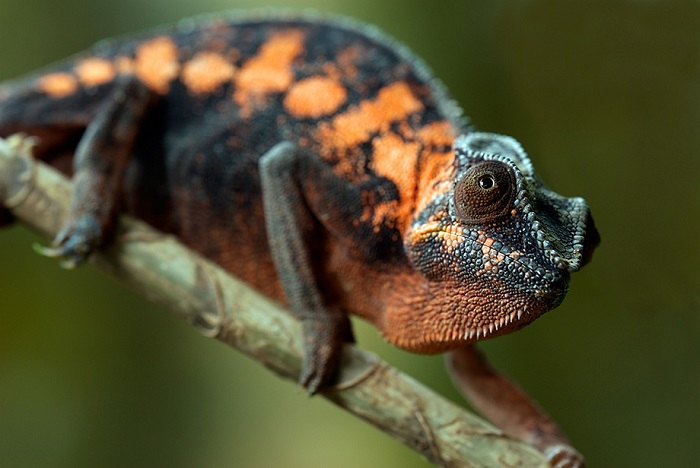
Source: Sean Crane
If you want the panther chameleon to be the latest denizen of your terrarium, you might have to book a trip to Madagascar, its home. You might even have to live there, too, since they only exhibit the brightest, most vibrant colors when they are living comfortably in an ideal habitat. Like other lizards, they prefer sunlight, and often spend the majority of their waking hours basking in the sun.
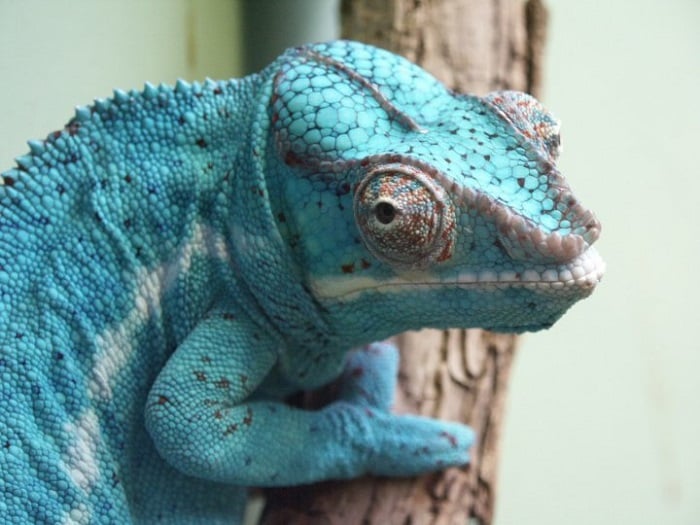
Source: Who Zoo
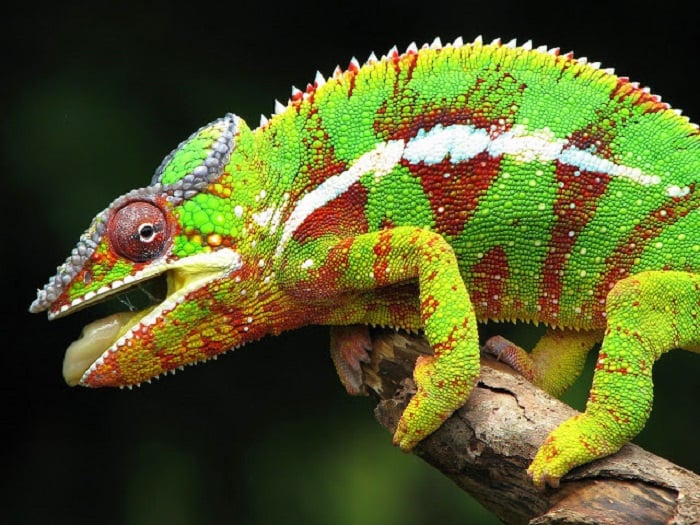
Check out this video of the panther chameleon changing colors:
Blue Morpho Butterfly
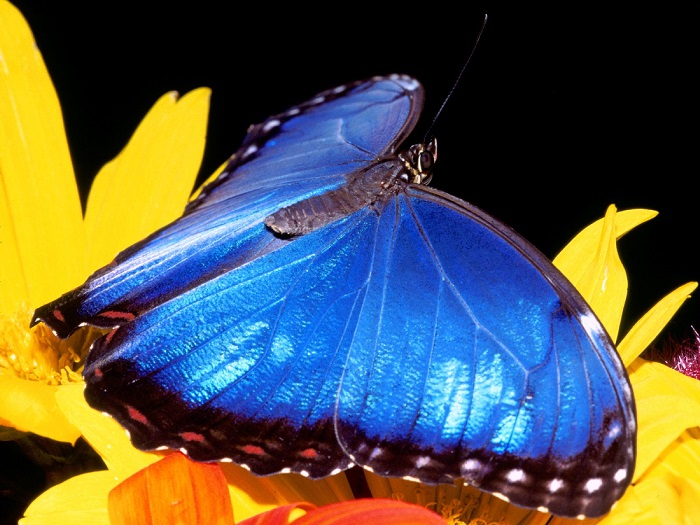
Blue morpho butterflies are one of the biggest butterfly species in the world, with a wingspan of 5-8 inches. The small scales that cover the back of their wings reflect light, enhancing their naturally iridescent, brilliant blue coloring. They thrive in the tropical forests of Latin America and contrary to the visual importance placed on their wings, spend much of their time on the forest floor.
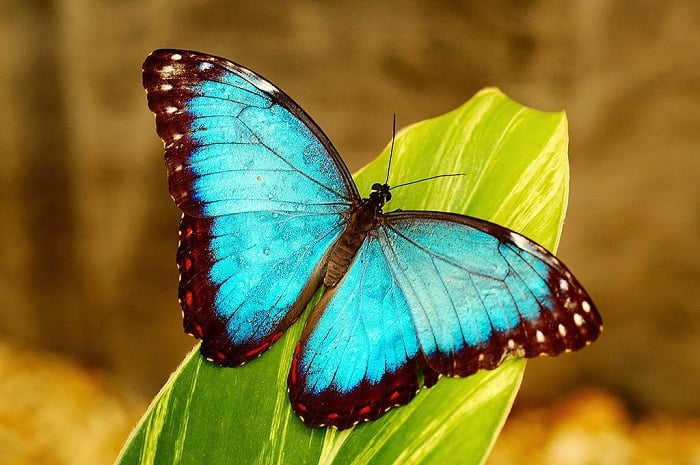
Source: Web Exhibits
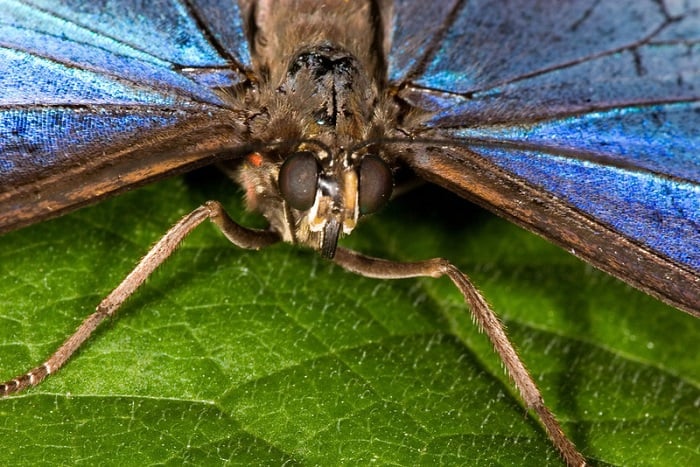
Source: Cal Williams Photo
Debelius’ Reef Lobster
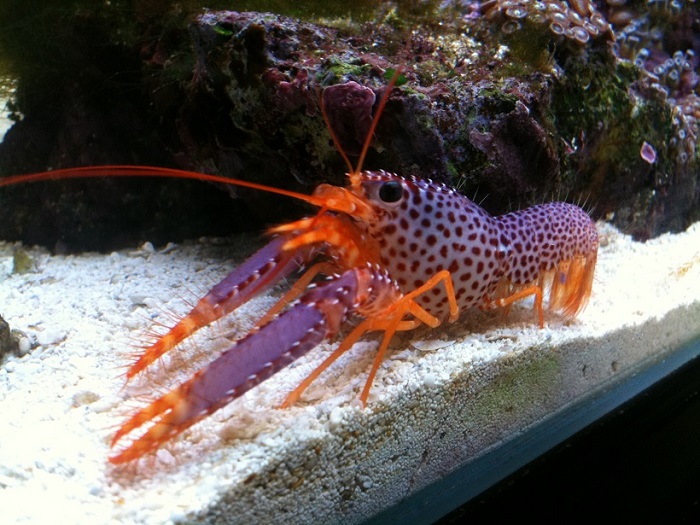
Coming out to scavenge for food only after the sun sets, the Debelius’ Reef Lobster is territorial and aggressive around other lobsters. And unlike the crustacean of Red Lobster lore, Debelius’ Reef lobsters cloak themselves in white, lavender, orange and violet–not red.
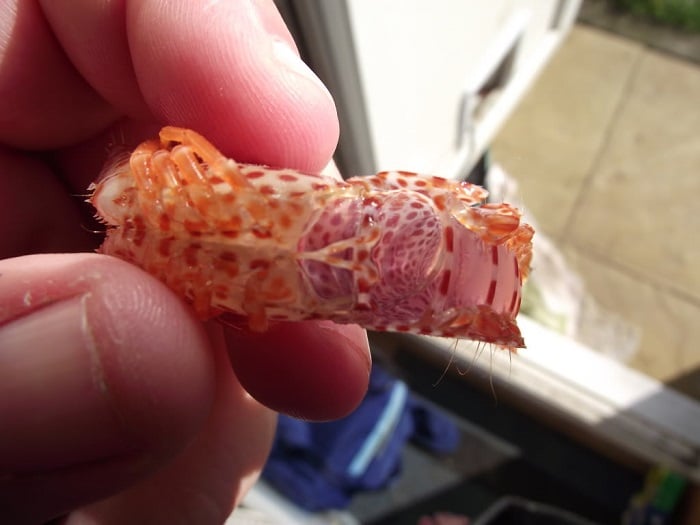
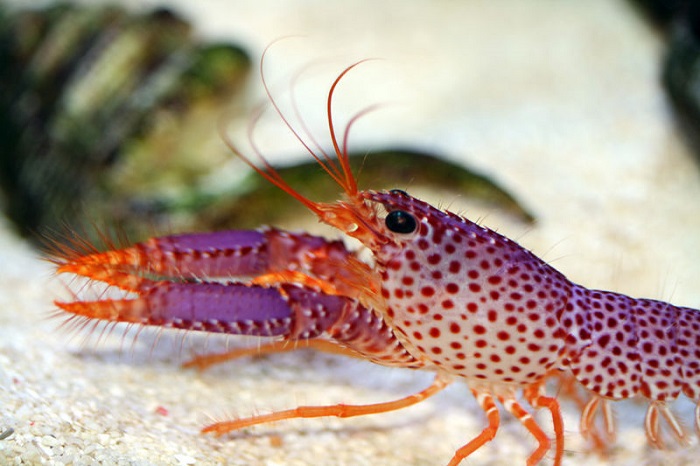
Nembrotha Cristata
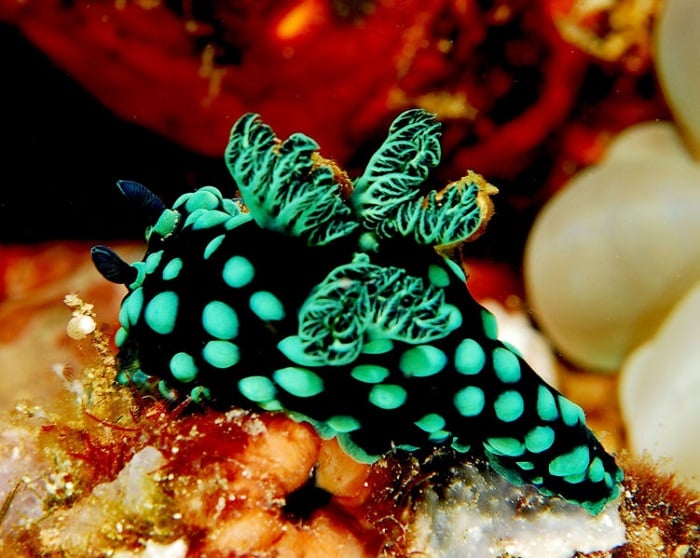
Source: Documenting Reality
Nembrotha cristata are a colorful type of sea slug found in tropical Indo-Western Pacific oceans. Though their bodies are black, the slug is covered in bright green pustules and gills edged in neon green. This bright coloring helps scare predators away, allowing the slugs to safely navigate ocean waters at their slow pace.
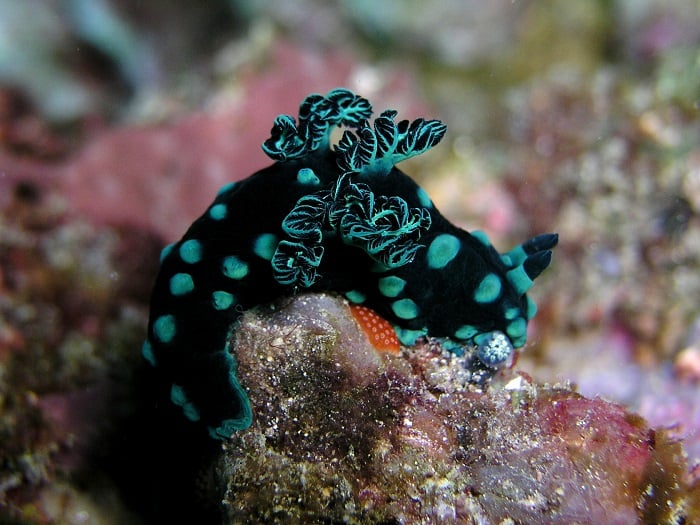
Source: Geolocation
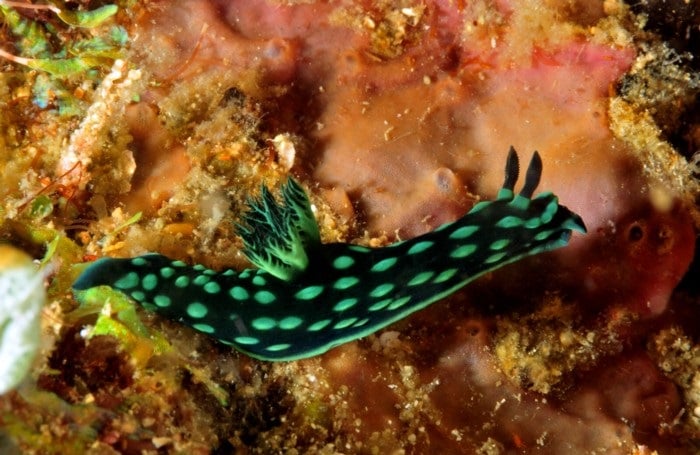
If you enjoyed reading about the most incredibly colorful animals, you should read the world’s most bizarre animals and the most astounding transparent animals! Then, discover the six most beautiful butterflies on Earth.
